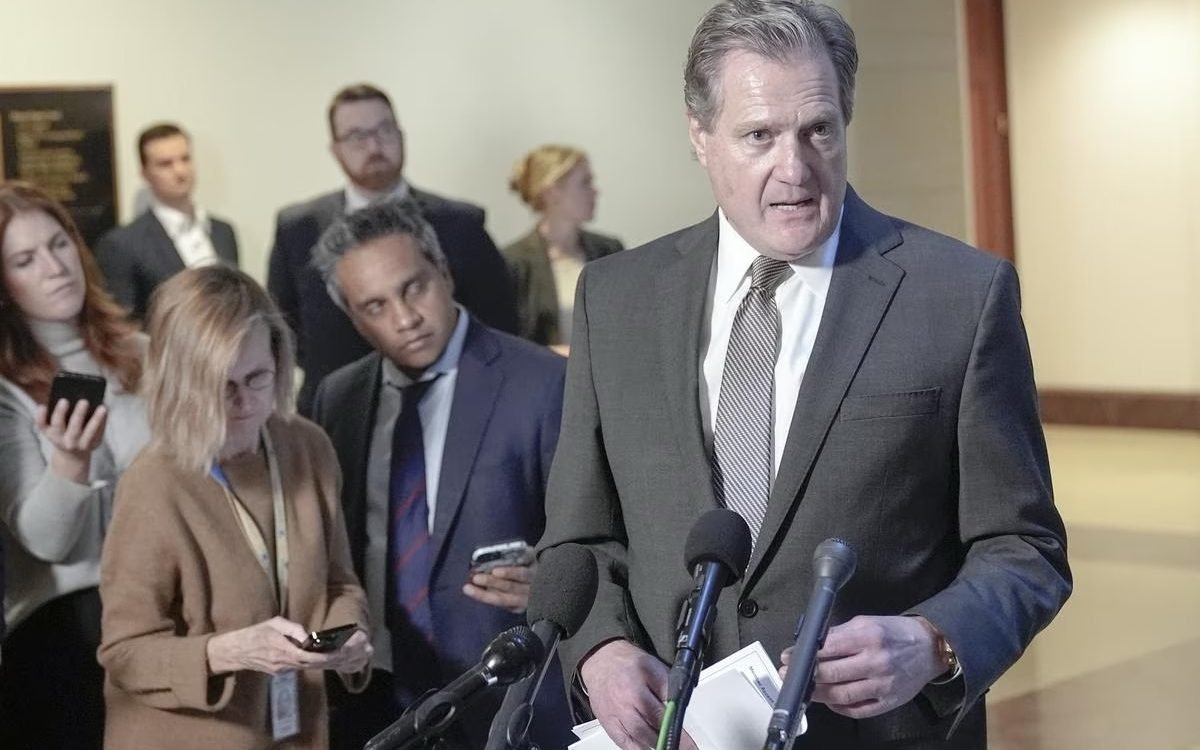Recent revelations regarding a purported Russian space-based weapon have ignited a flurry of speculation and concern within the international community. Amidst calls for declassification and heightened scrutiny, understanding the implications of such a capability is paramount. Here’s a comprehensive breakdown of what we know thus far:
The Alleged Weapon:
- On February 14, Mike Turner, Chairman of the U.S. House of Representatives Intelligence Committee, raised alarms about a “serious national security threat” linked to Russian space-based weaponry.
- U.S. National Security Council spokesperson John Kirby confirmed the existence of a Russian space-based “anti-satellite weapon,” violating the Outer Space Treaty (OST) by potentially deploying weapons of mass destruction in Earth’s orbit.
- Speculation suggests the weapon could be nuclear-powered or nuclear in nature, although official statements have not directly addressed these concerns.
Anti-Satellite (ASAT) Weapons:
- ASAT weapons are designed to disrupt or destroy operational satellites, violating the OST’s prohibitions against harming satellites and contaminating space.
- Russia has possessed ASAT capabilities since at least 1968, with most weapons being kinetic, utilizing explosives or direct impact to disable satellites.
- Concerns arise over the generation of space debris, which poses risks of collisions and exacerbates the Kessler effect, potentially rendering orbits impassable.
Space-Based Nuclear Weapons:
- Historical precedents, such as the 1962 Starfish Prime test by the U.S. and similar Soviet experiments, underscore the potential of space-based nuclear weaponry.
- The detonation of nuclear warheads in space can produce electromagnetic pulses (EMPs) and charged particle releases, disrupting satellite functionality and inducing radiation belts.
Implications and Interpretations:
- The purported Russian weapon poses complex strategic dilemmas, challenging existing norms of space governance and arms control.
- Assessments vary regarding the weapon’s nature, with debates over its intended capabilities and strategic utility.
- Some experts suggest the weapon may serve as a deterrent or a last-resort option, while others speculate on its potential for targeted electronic warfare.
Geopolitical Ramifications:
- Turner’s disclosure has sparked political controversies within the U.S., with accusations of ulterior motives and partisan agendas.
- The U.S. has alerted its European allies to the perceived threat, prompting responses from the Kremlin denouncing the claims as fabrications.
In conclusion, the emergence of a Russian space-based weapon underscores the evolving landscape of space militarization and the imperative for enhanced transparency and arms control measures. As stakeholders navigate the complexities of strategic competition in orbit, dialogue and cooperation remain essential in safeguarding the peaceful use of outer space for future generations.









